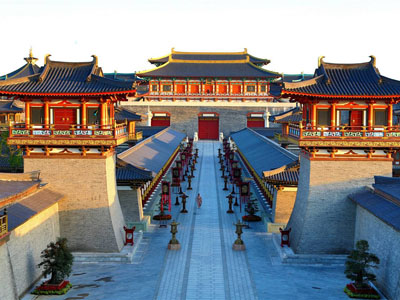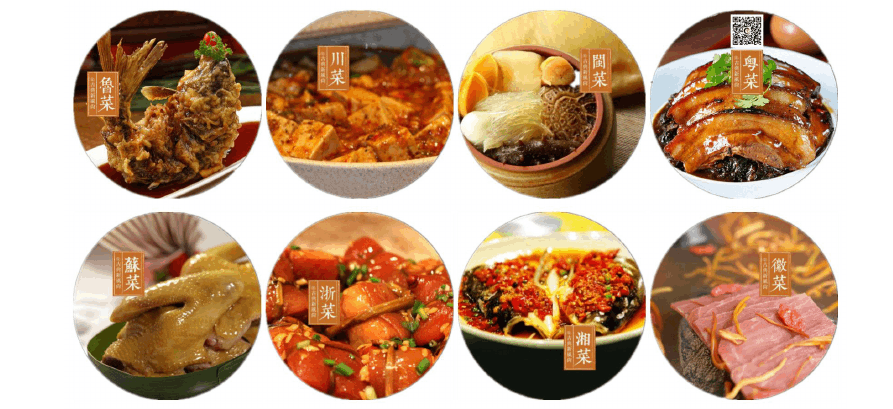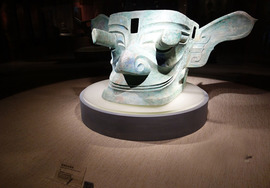The eight famous cuisines of China are: Shangdong (Lu) cuisine, Sichuan (Chuan) cuisine, Jiangsu (Su) cuisine, Zhejiang (Zhe) cuisine, Guangdong (Yue) cuisine, Hunan (Xiang) cuisine, Fujian (Min) cuisine,and Anhui (Hui) cuisine.
Characteristics of Lu dishes: The Lu school puts emphasis on pure seasoning and its cuisine is characterized by freshness, tenderness, aroma and crispness. Emphasis has also been given to the seasoning of thin soup and creamy soup, especially seasoning with scallion flavors. The specialty of the Lu school is seafood.
Characteristics of Chuan dishes: The Chuan school is famous for its wide use of ingredients, diverse tastes and adaptability across a wide range of dishes, and is particularly renowned for its variety of distinctive flavors; the most outstanding ones are spicy flavors, fish flavors and ‘special’ flavors. Sautéing, frying, and frying without oil are used as the basic techniques.
Characteristics of Su dishes: Su dishes adopt a variety of ingredients, with fish and crustaceans as the main ones. This school’s slicing skills are highly refined and its cooking techniques consist of stewing, braising, roasting and simmering. The flavor of Lu dishes is light and fresh and presentation is delicately elegant.
Characteristics of Zhe dishes: The Zhe school wins its reputation for its delicacy, freshness, tenderness, softness, crispness and smoothness and its use of rice wine as a seasoning. There are more than 30 techniques used in Zhe cooking, among which simmering, stewing, braising and stewing are given emphasis.
Characteristics of Yue dishes: Yue dishes utilize a wide range of ingredients and prepare them with careful selection, sophisticated skills and a variety of flavors. Yue flavor is characterized by clearness, crispness, freshness and tenderness without being insipid, tasteless, raw or greasy.
Characteristics of Xiang dishes: The Xiang school puts much emphasis on the appropriate combination of different foods and delicacy of shapes within dishes, as well as the mixing of ingredients and how flavors are combined. Xiang dishes especially emphasize sour and spicy flavors. As early as the Western Han dynasty, a variety of cooking techniques had been used in cooking Xiang dishes, such as, toasting, mincing, boiling, and salting and now chefs are especially skilled at the technique of simmering when cooking Xiang dishes.
mountain delicacies. The Min school is renowned for its fine slicing techniques and the way ingredients are sliced serves to enhance their original aroma. Xiang cuisine is also renowned for its various fine soups and broths and its emphasis on delicate cooking, Characteristics of Min dishes: The ingredients for Min dishes are primarily seafood and especially on seasoning.
Characteristics of Hui dishes: Hui dishes are characterized by elegance, original taste and flavor, tenderness, freshness and aroma. They are renowned for careful attention to flavor and fine control of hot temperatures in the cooking process. This school puts emphasis on diet as a factor in health, original taste and culinary variety. The cooking techniques primarily used are: roasting, boiling, and smoking.








